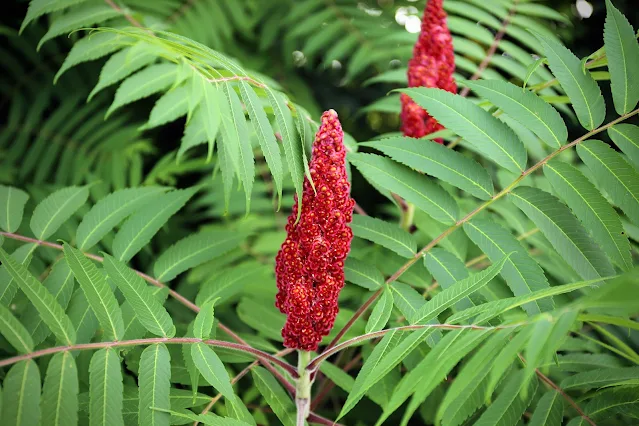Wentworth Farm Conservation Area
Amherst, Massachusetts
"The Center for Agriculture, Food, and the Environment (CAFE) at the University of Massachusetts Amherst integrates research and outreach education in agriculture, food systems and the environment. The Center is the contemporary standard bearer of the university’s land-grant origins. It provides linkages from the University with vibrant business, policy and public interest sectors in the state, including agriculture, the horticultural 'green industries,' environmental decisionmakers and food system interests. The Massachusetts Agricultural Experiment Station, UMass Cranberry Station, UMass Extension and the Water Resources Research Center are all units of the Center for Agriculture, Food, and the Environment. The Center is based in the College of Natural Sciences at UMass Amherst and also works with the School of Public Health and Health Sciences, the School of Social and Behavioral Sciences and the College of Engineering." -- University of Massachusetts Amherst




